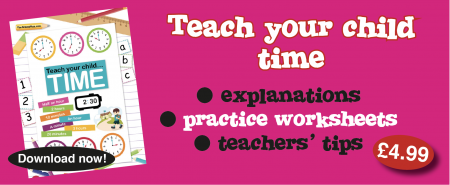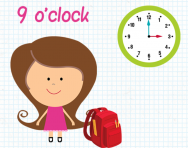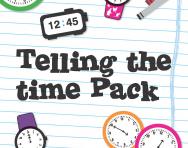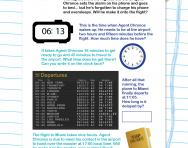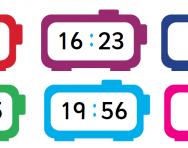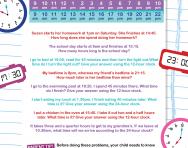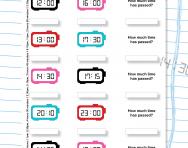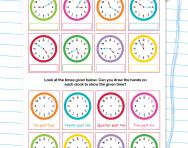What are time intervals?
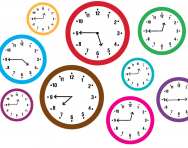
What are time intervals?
Children start learning about time intervals in Year 2. Working out a time interval means being given two times and calculating the length of time in between the two.
Calculating time intervals in KS1 maths
A child in Year 2 might have to work out the following time-interval word problem:
I start my homework at 7.15pm and finish it at 7.30pm. How long does it take me to do my homework?
Teachers often give children plastic clocks to help them work out time intervals. Children should have done plenty of ground work in Year 1 on how many minutes are in an hour and telling the time to the hour and half hour. In Year 2, they start to learn to tell the time to the quarter hour and then to the nearest five minutes. They need to be confident in doing this before they can tackle the problem above.
Children in Year 2 also need to work out time intervals that cross the hour, for example:
I go swimming at 9.45am. I swim for half an hour. What time is it when I finish swimming?
In Year 3, children learn to tell the time to the nearest minute. Once they are confident with this, they may be given time interval questions such as the following:
I leave the house at 3.05pm. It takes me 42 minutes to walk to my friend's house. What time do I arrive at her house?
Again, teachers will often give children plastic clocks so that they can move the hands to make the time given in the problem and then move them round to show the time interval. It is really important
that children are not forced to try and work out time intervals in their heads if they are unable to. Children also start to learn the 24-hour clock in Year 3. This is then consolidated in Years 4 and 5.
Calculating time intervals in KS2 maths
In Year 4, children continue to solve problems involving time intervals, but may need to think about whether they give their answers in minutes and / or hours, for example:
I put a pie in the oven at 16.25pm. I take it out at 5.50pm. How long does it take in the oven?
Here a child uses their knowledge of the 24-hour clock to work out that the time interval is 85 minutes, but would need to remember that we would normally say this in hours and minutes, so would need to convert their answer to 1 hour and 25 minutes. This is called converting between units of time.
More able children in Year 4 may be given a time interval question where they need to 'work backwards' for example:
I arrive at Manchester train station at 8.05pm. My journey to get here from Birmingham, took me one hour and 45 minutes. What time did the train leave Birmingham?
Children would need to work back from 8.05, first taking away one hour to get to 7.05, then taking away 45 minutes to get to 6.20pm.
Children in Year 5 need to calculate time intervals from timetables, for example:
| Train 1 | Train 2 | Train 3 | |
| Pieminster | 13.15 | 15.15 | 17.15 |
| Steeplebank | 14.55 | ---- | 18.55 |
| Westerfield | 16.10 | 17.55 | 20.10 |
They might be asked the following questions about this timetable:
If I take Train 2 from Pieminster to Westerfield, how long will my journey take?
How long does it usually take to get from Steeplebank to Westerfield?

Give your child a headstart
- FREE articles & expert information
- FREE resources & activities
- FREE homework help
